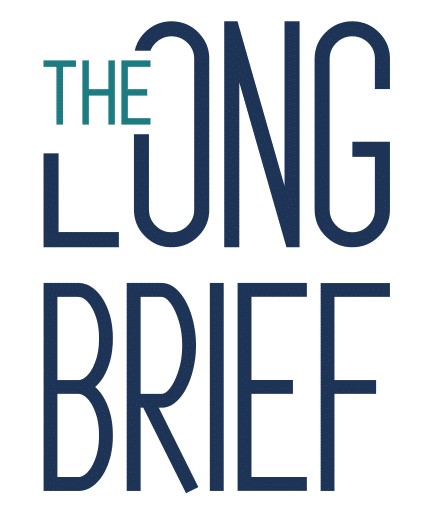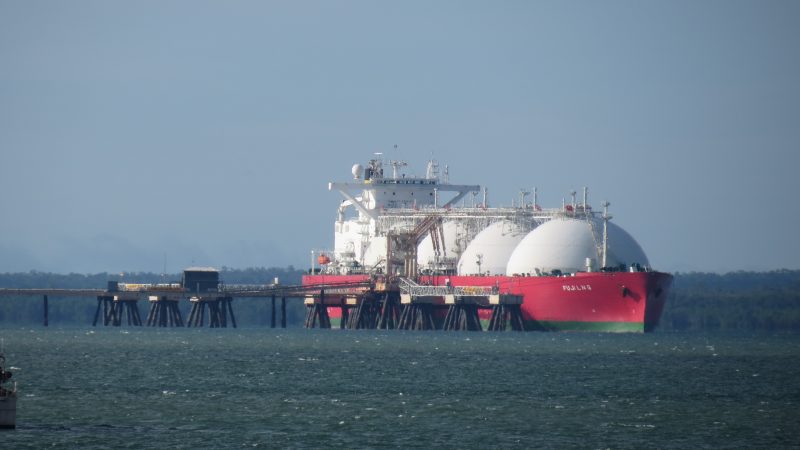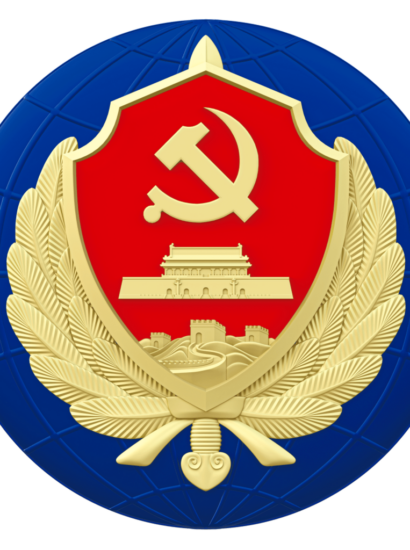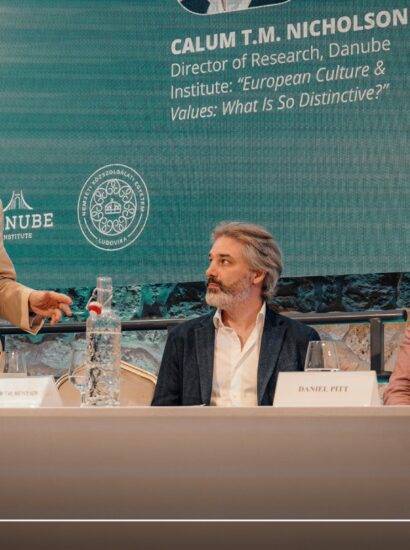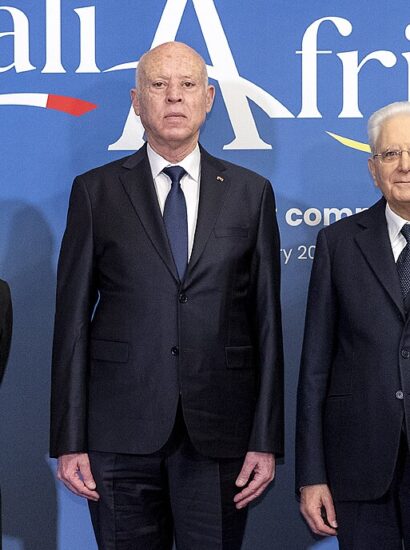Most of the member states in the European Union started their energy diversification policies just before, or since Russia’s 2022 military invasion of Ukraine. However, nations such as Finland, Poland, and the Baltic states became acutely aware of their vulnerability to external energy pressures ever since the mid-2010s. Warsaw began a decade-long effort to reduce its reliance on Russian energy by the construction of energy infrastructures which diversify routes and sources. Meanwhile, Lithuania and the Baltics significantly bolstered their energy security by establishing the LNG terminal in Klaipéda. A significant milestone in energy diversification in the Baltic Region was reached back in 2014 when the first LNG tanker from the US reached the Baltic Sea and delivered its cargo of liquified natural gas to Lithuania. Just last year, Finland also joined the LNG club, which enables the flow of American and Qatari molecules from its Sámi region all the way to Germany’s industrial heart in the Ruhr.
Energy Diversification in the Baltics: The Historical Context
After the end of the second world war, Central-Europe became divided. A line was drawn starting from Denmark, across central Germany until what is today known as Slovenia. The countries on the western side of this human made barrier became the European equivalent of the West. On the east, Moscow-controlled states and institutions took power.
In the 20th century, this division didn’t affect the flow of energy sources as much as presently. Coal was the most important. Poland, Hungary, Czechia (and Ukraine) are still ranked in the top 20 concerning coal reserves in the world. They are self-sufficient in this regard. However, new energy sources have tipped the balance.
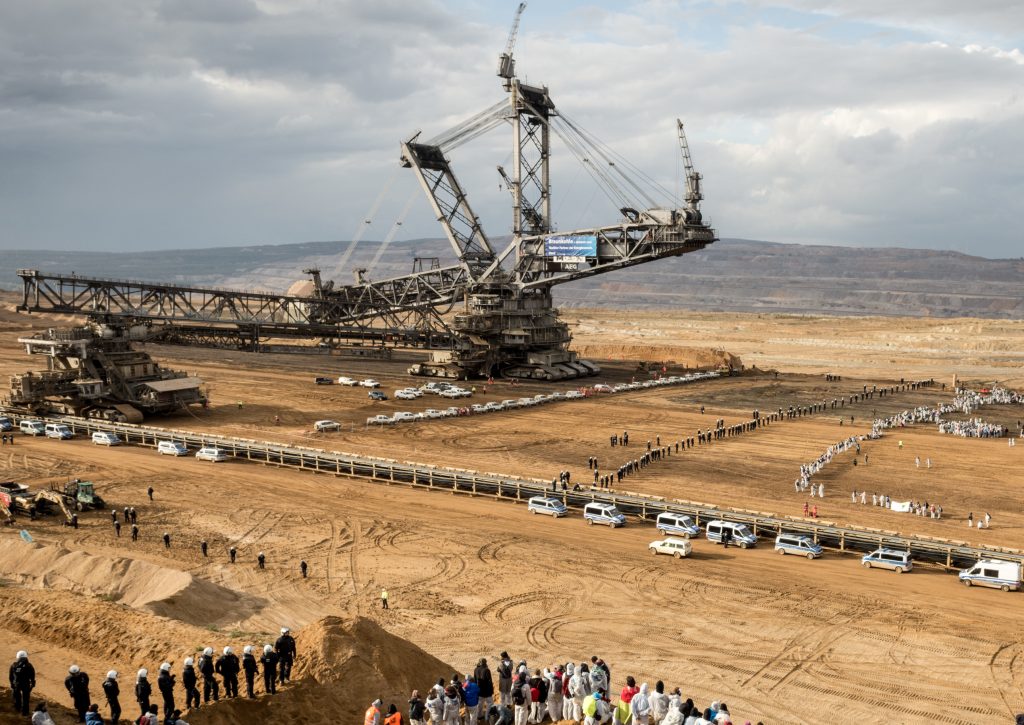
An open-pit coal mine in the Rhineland lignite mining area in Germany (Photo: Ende Gelände / Wikimedia Commons)
Since the end of World War II, Europe found itself divided into two blocs: The West, comprising Western European countries, and the East, under Moscow’s control. While this division did not initially impact the flow of energy sources significantly, it became more pronounced as the importance of oil and gas increased.
With the rise of the transport and automobile sectors, oil took centre stage as a crucial energy source. Furthermore, oil power plants can also produce electricity. Lacking significant reserves, communist states in Eastern Europe had to import oil and Russia emerged as the primary supplier due to its substantial reserves and technological expertise.
In 1962, the Druzhba (meaning Friendship) pipeline started its operations. It is the world’s longest oil pipeline and one of the largest oil pipeline networks in the world. It carries oil from the eastern part of Russia to points in Ukraine, Belarus, Poland, Hungary, Slovakia, Czechia and Germany. It gave the countries in the Eastern block a huge amount of energy, which in turned fuelled their industries.
Without it, today’s economic gap between Europe’s East and West would be much more pronounced. The industries that were built with Russian oil and the Soviet industries gave work for millions of people.
No Good Deed Goes Unpunished
The drawback was – and still remains – is that oil is liquid. Transportation on land is only economically viable through pipelines. And once a pipeline is built, you can’t move it. With the Druzhba, Russia cemented its role as the primary source for oil in the eastern bloc. For better or good, it also made many countries dependant on Russian energy policy.
During the second half of the 20th century the rise of natural gas, also known as methane, further complicated the situation. In many cases, natural gas can be found near oil reserves. This makes Russia, once again, a suitable source for eastern Europe. Gas pipelines were built next to the already existing oil infrastructures.
The Druzhba also became the route for natural gas. Later, the Yamal was built which transports the molecule through Belorussia and Poland to Germany. The infamous Nord Stream started operating in 2011, which bypassed the two eastern European countries, and transported natural gas to Germany once again, underneath the Baltic sea. The economic opportunities grew, along with the dependency.
The Shift Towards Energy Diversification With A Secret Helper: Russia
In the midst of geopolitical upheavals and the growing climate crisis, the European natural gas sector has come under intense scrutiny. Voices for diversification away from Russian sources rose.
Liquefied natural gas (LNG) is natural gas that has been cooled down to liquid form which enables its transport on tanker ships. It takes up about 1/600th the volume of natural gas. When it arrives to its destination, its heated up and can then be injected into the existing natural gas pipeline.
Just in 2022 alone, the 63 percent growth of LNG import capacity means that Europe has taken the lead. This successfully counters a substantial decline in piped gas imports from Russia. Boosted by two-thirds of LNG imports originating from the United States, Europe’s share in LNG imports has surged from 20 percent to 32 percent.
In this regard, the deployment of the Klaipėda LNG terminal in 2014 and the construction of the Lithuanian-Polish interconnector (GIPL) have not only reduced gas prices in Lithuania but also paved the way for Europe’s transition away from coal consumption.
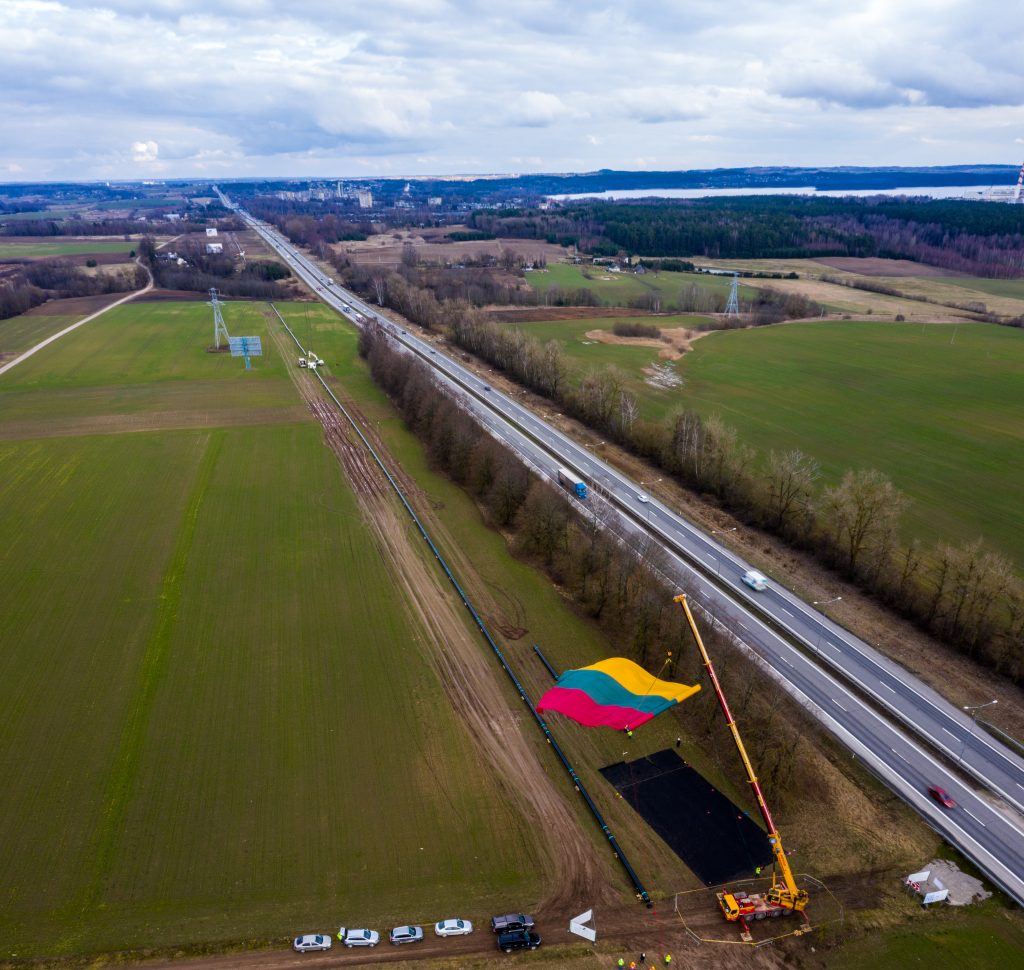
Construction of the GIPL interconnection in 2020 (Photo: Eglegalentu / Wikimedia Commons)
At the forefront of responding to the surging demand for LNG in the Baltics is Klaipėdos Nafta (KN), the operator of Lithuania’s LNG terminal. As mentioned by CEO Dairus Silenskis during the June 2023 Baltic LNG summit, the recent non-binding capacity revealed a demand five times higher than the available supply, signalling the pressing need for even further expansion. The terminal currently caters to customers in Latvia, Estonia, and Poland, offering the region an opportunity to diversify its gas sources. Lithuania is optimistic about the stability of LNG demand until 2040.
Nevertheless, even though laws are in place which prohibit much of the pipeline gas imports from Russia, Russian-origin LNG continues to be Europe’s third-largest source.
This summer, a Russian LNG tanker, which was rejected by Argentina docked in Spain. Spain takes 84 percent more Russian LNG than before invasion and in May 2023 alone, Spain’s import of Russian LNG accounted for 27.9 percentof the country’s total natural gas import. There are currently no EU level sanctions which target Russian LNG (however, the Baltic states have prohibited that use as well.)
The New Probable Consumer
Turning to Ukraine, amidst its own challenges, has proven that its gas sector remains resilient. Pawel Stanczak, Deputy CEO of Ukraine’s GTSOU, noted during the Baltic LNG summit that there has been a 30 percent decrease in gas consumption since the onset of the current conflict with Russia. The nation’s 550 compressor stations are still operating effectively, and there is currently 105 TWh (10.75 bcm) of gas available in storage. A special customs system allowing tax and duty-free gas storage for up to three years offers lucrative opportunities for gas traders.
However, if Russian natural gas flows through Ukraine stopped – as Gazprom has alluded to – Ukraine would find itself in a difficult situation. The Russian natural gas transit deal runs until the end of 2024 and allows Gazprom to export more than 40 billion cubic meters of gas a year via Ukraine, which earns Kyiv about $7 billion.
Even though there are substantial gas reserves inside the country, imports from other routes would be needed would the Russian supply stop. It would also be more expensive, as we can see in the table below. (Country names are referenced according to ISO 3166-1 alpha-2.)
|
Route |
Price |
|
PL – UA |
0,9 €/MWh |
|
LT – PL – UA |
2,2 €/MWh |
|
PL – SK – UA |
2,8 €/MWh |
|
DE – AT – SK – UA |
5,5 €/MWh |
| GR – BG – RO – UA – MD – UA |
4,3 €/MWh |
Table: Price of gas import on different import routes per megawatt hours (Table by the author)
Diversification for Europe is possible, but also takes a financial toll. One, if not the most important reason, why there are no sanctions targeting Russian LNG is the limited liquification facilities. These are huge investments, which can reach tens of billion euros and takes years to build. The current market needs the Russian supply.
Similarly, the reason why the Russian oil is capped at US$60 per barrel, is that the goal is to target Moscow’s income. The market still needs the supply. Western countries don’t mind the supply of Russian oil to India, because as long the supply is there, it keeps the international prices low.
The changing global energy landscape and the necessity for energy security prompted Europe to explore alternatives. The notable development was the growth of liquefied natural gas imports. With LNG being more versatile and easily transported, it provided an opportunity for diversification away from Russian supplies.
This long route for diversification continues. The Baltic states and Finland current import capacity of LNG vastly exceeds their own demand, but Europe as a whole need even more. For example, the land-locked Central-European countries demand has to be fulfilled. Next year, Ukraine will possibly be added to the list.
It’s Europe’s win – in strictly energy security terms – to use some Russian fossil fuels so that the prices don’t spike again. One important objective is to gain time, in order to diversify the supply capability even more. Until then Russian fossil fuels may remain useful.
